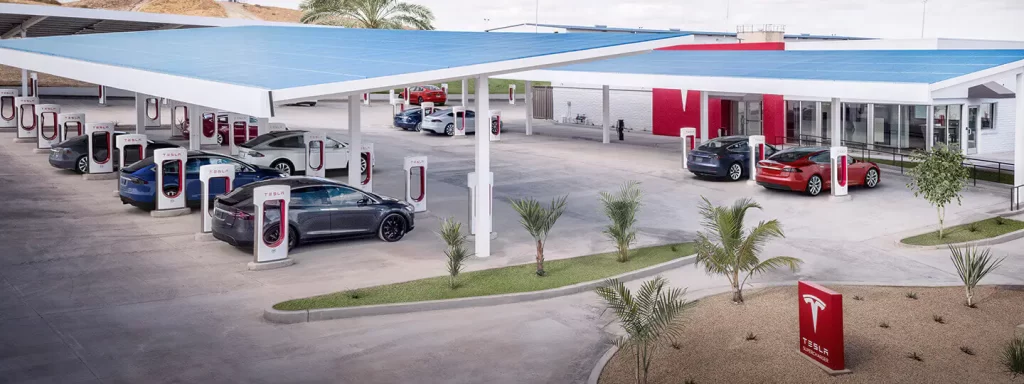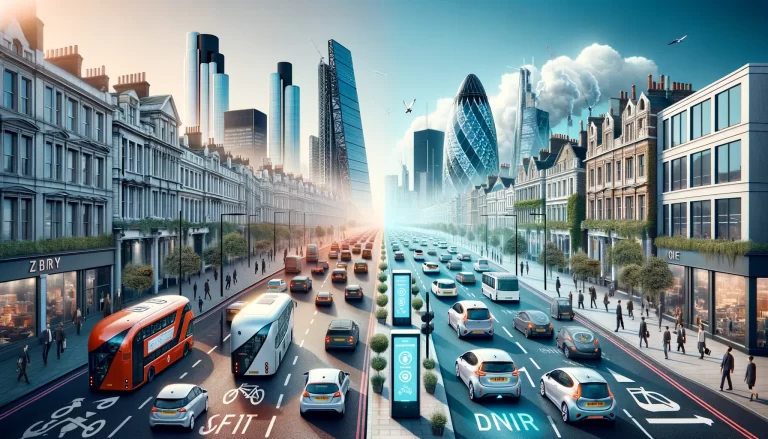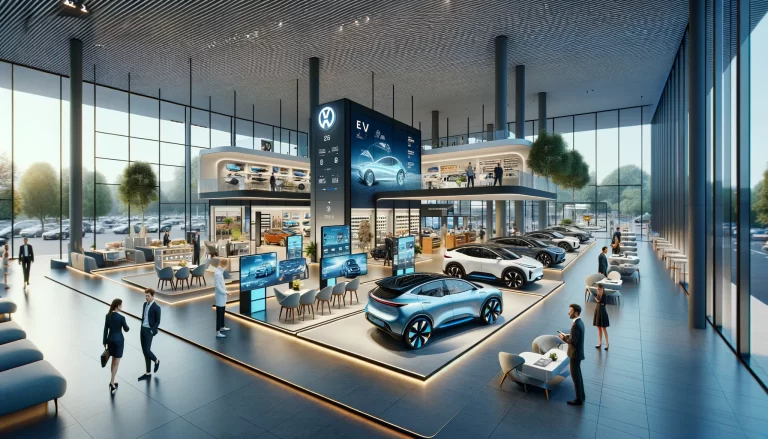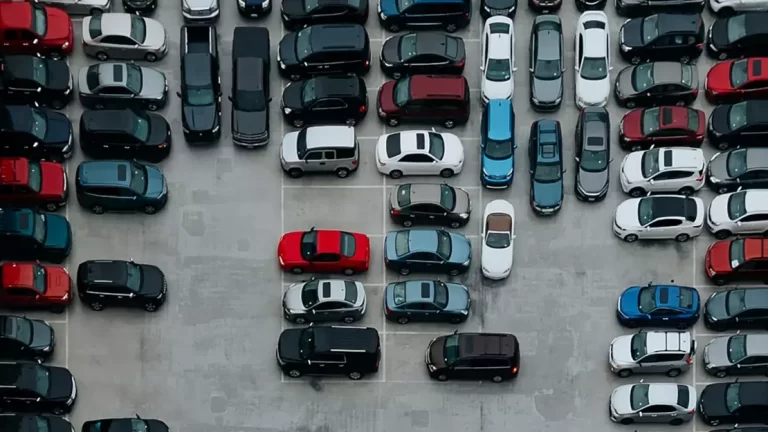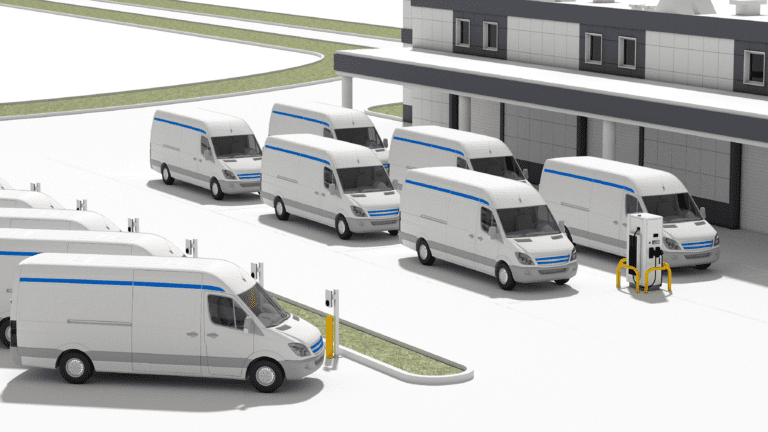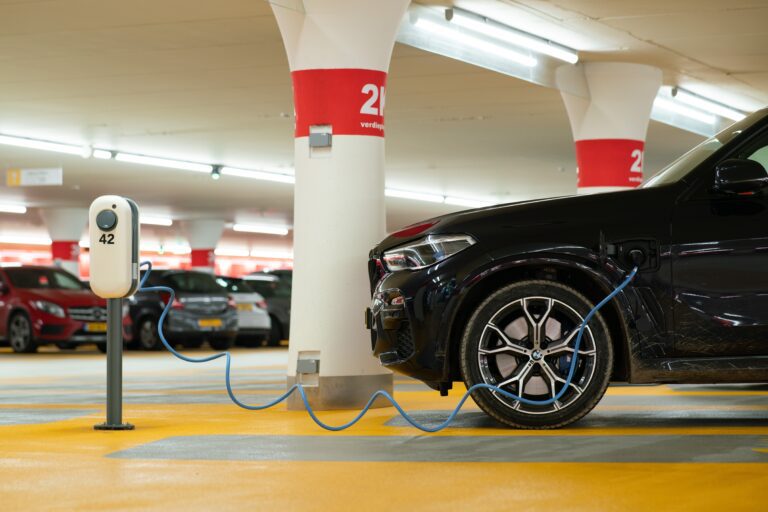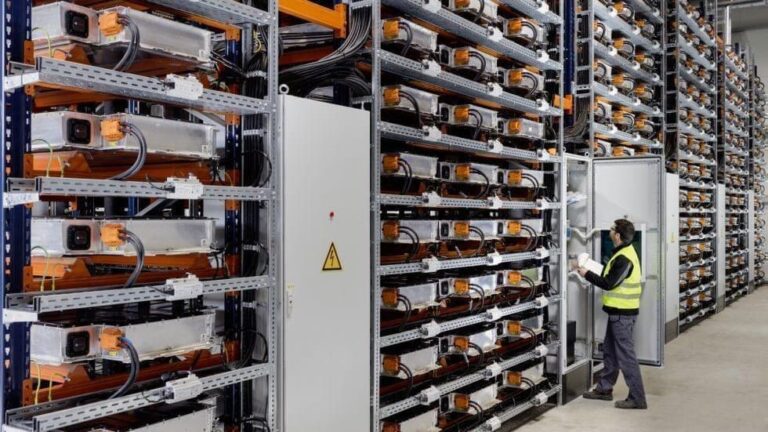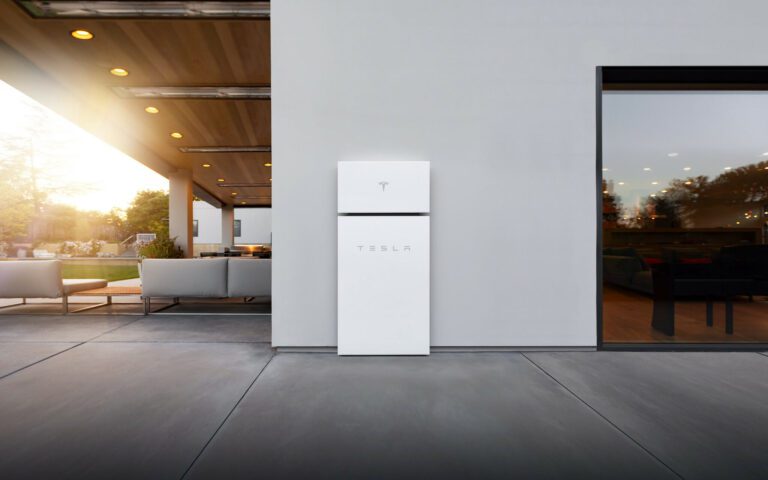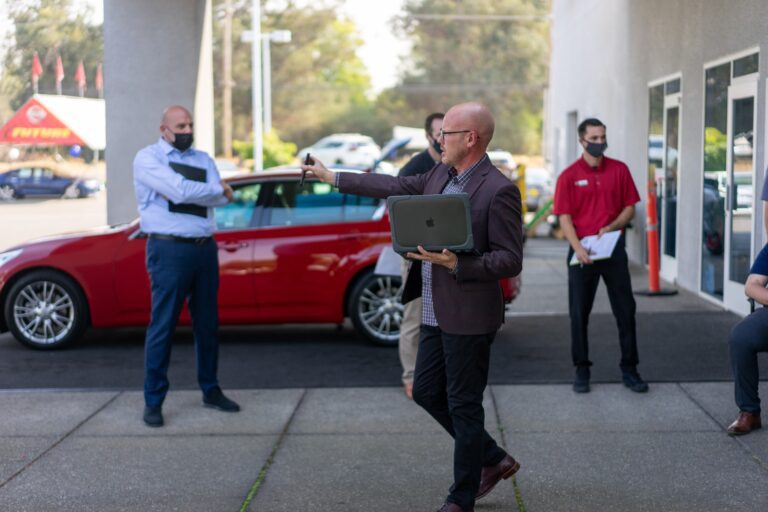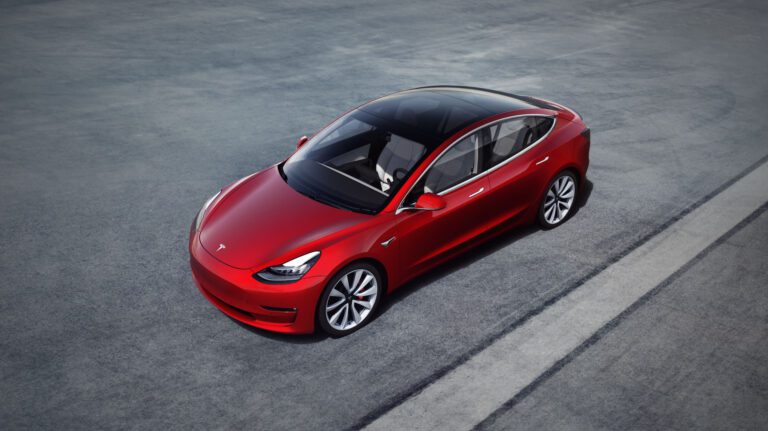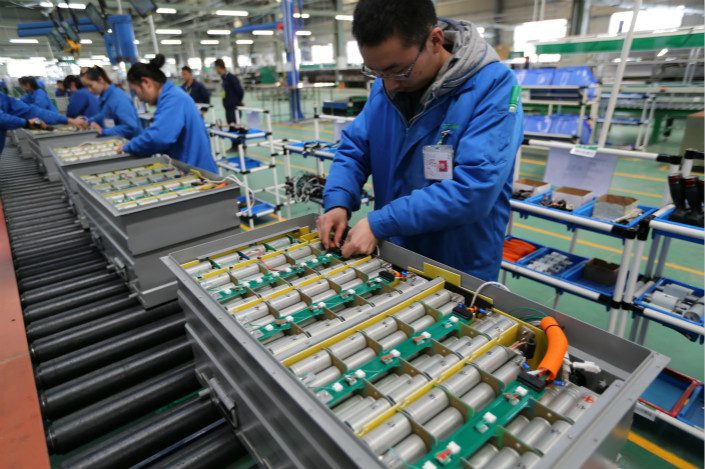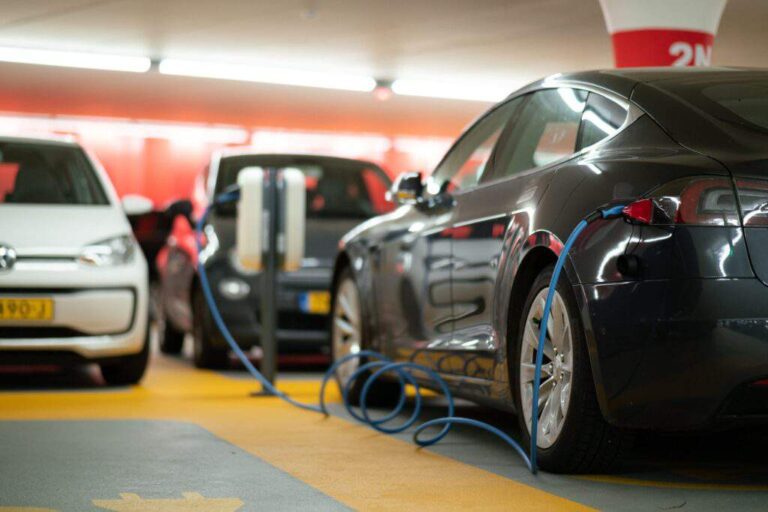Electric vehicles have been gaining popularity, and the trend shows no sign of slowing down for several reasons. The prices of battery-powered electric cars are dropping, and more people see the benefits they provide to the environment. At the same time, governments around the world are encouraging their citizens to switch by offering incentives and making policies that promote electric vehicles and encourage setting up EV charging stations.
When it comes to charging an electric vehicle, the responsibility lies with the owner. However, for European EV owners, what charging options exist? And, which country is the best in terms of EV charging stations? These are essential questions because their answers affect the ownership experience.
This article will look at the state of EV charging in Europe, using key markets like the UK, Germany, and France. We will start with the charging options available to the typical EV owner in Europe.
What EV charging options are available in Europe?
If you own an electric car, like a Tesla, it comes with a battery that stores the energy that runs the electric motor(s). To prevent running out of battery, you need to plug into the grid and charge. There are three main methods to charge the battery, although there are overlaps among them.
The first method uses slow chargers that come from the vehicle manufacturers. This is the easiest because you do not need any additional purchase, and you can charge anywhere there is a socket. However, this is the slowest way to charge because you will typically add 8 miles per hour. It is only recommended during an emergency.
Another option is installing an EV charging station, which could be single or three-phase. While it will incur more expenses, you can charge faster and add between 25 and 75 miles per hour of charging. There are several good charging station models you can choose from. Sometimes, you can access free charging stations in public, known as destination charging.
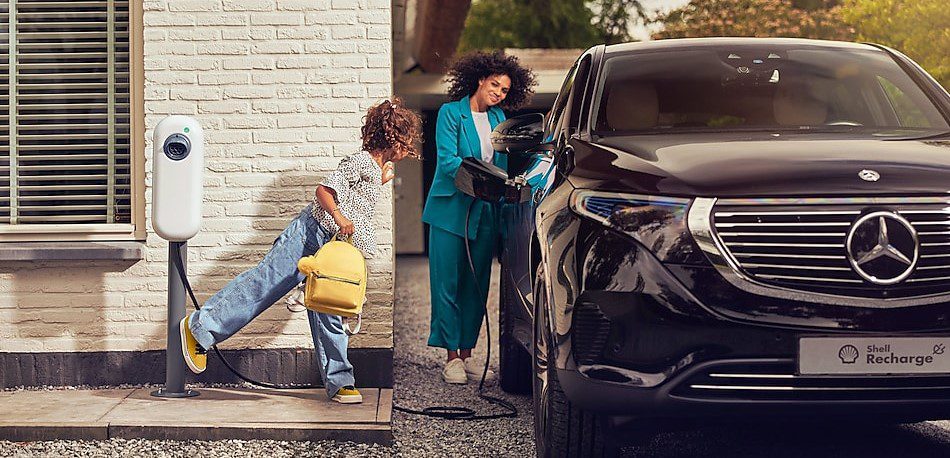
The last option is rapid DC charging, but you can only access this in public. In the case of Tesla cars, the company maintains its own network of Superchargers. They used to be exclusive to Tesla cars, but the company has committed to allowing other vehicles to use the chargers. It is conducting trials in the Netherlands before a global rollout.
Non-Tesla brands like Volkswagen, Skoda, Renault, BMW, Peugeot, etc., can charge rapidly at public chargers offered by third-party companies like ChargePoint, Ionity, Pod Point, Fastned, Electric Highway, etc.
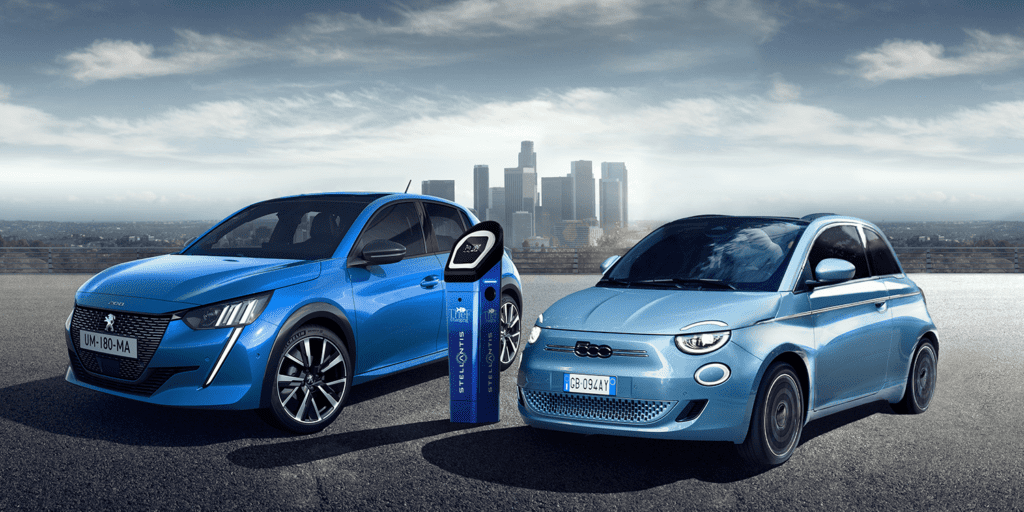
While rapid DC chargers are the fastest (up to 225 miles per 30 minutes of charging), they are the least recommended because they can speed up battery degradation significantly. The best options are AC EV charging stations.
Now that you know the charging options available to EV owners in Europe, is the continent lacking in EV charging infrastructure?
What is the state of EV charging in Europe?
Many drivers dread having a dead battery where they cannot access EV chargers. This fear, known as range anxiety, discourages some potential EV owners from dumping their gas-powered vehicles with their extensive network of fueling stations. Is this fear justified in Europe?
As more electric vehicles appear on European roads, the charging infrastructure has to grow to keep up. While most EV owners charge at home, public charging stations are a vital part of the equation because they give EV drivers more confidence to embark on long trips.
EV charging station availability varies across Europe, as we shall see.
The UK
The UK government reports that as of the 1st of July, 2021, there were 24,374 public vehicle chargers, out of which 4,551 were rapid chargers. The report further states that the chargers increased by 7 percent compared to the previous quarter.
Overall, there are 36 public chargers per 100,000 residents, but the figure is better for London, which stands at 83. Scotland comes next with 47.
There are 6.8 rapid chargers per 100,000 residents in the UK. The figure is the same in London, but 12 in Scotland.
However, EV drivers in the UK will get access to more EV charging stations soon. The government has revealed a design for the public chargers it hopes will become as iconic and prevalent as the red telephone box.
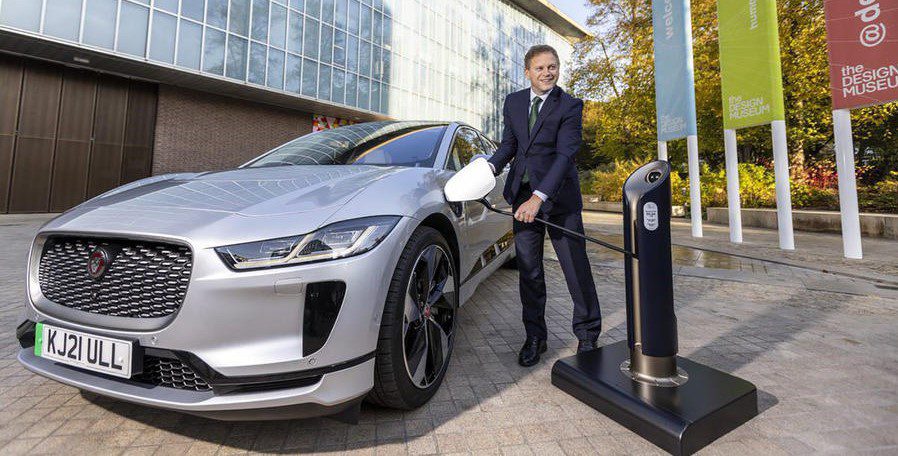
In addition, newly-built homes and businesses in the UK will now be required to install EV charging stations, helping to add up to 145,000 extra charging points per year. The government is also spending £500 million on building EV charging infrastructure.
Germany
In Germany, EV drivers have access to 44,669 charging stations, of which 7,456 are rapid chargers. However, it is estimated that the country needs at least 70,000 charging stations and 7,000 fast chargers to sustain a mass market for electric vehicles.
The government, however, is aiming for a much higher number of chargers. As part of its push to achieve 1 million EV charging stations by 2030, Germany maintains incentive programs for private and public charging station ownerships that cover up to 80 percent of the purchase and installation costs.
In addition, filling stations in Germany are going to be required to provide EV charging stations. In a way, the government is assisting them to stay in business. This is because, with the handwriting on the wall with the boom in battery-powered vehicles, filling stations have to evolve not to fade out.
France
As of the end of 2020, EV owners in France could use a total of 38,779 charging stations, out of which 3,697 were rapid DC chargers. Tesla accounted for 651 units.
That total is set to increase, with moves like Total adding ultra-fast EV chargers to 300 filling stations in the country by the end of 2022.
Moreover, drivers can expect more chargers as France plans to achieve 7 million chargers by 2030, out of which 450,000 will be public. The country has incentives that apply to both privately and publicly owned chargers. These packages cover up to 50 percent of purchase and installation costs.
Conclusion
While more electric vehicles are welcome, the charging infrastructure must grow to accommodate the new EVs. It is true that more remains to be done, but access to EV charging stations is not a definite barrier to EV ownership in many parts of Europe. Moreover, the EV charging landscape in the continent will only get better, going by the trends in the key EV markets.

